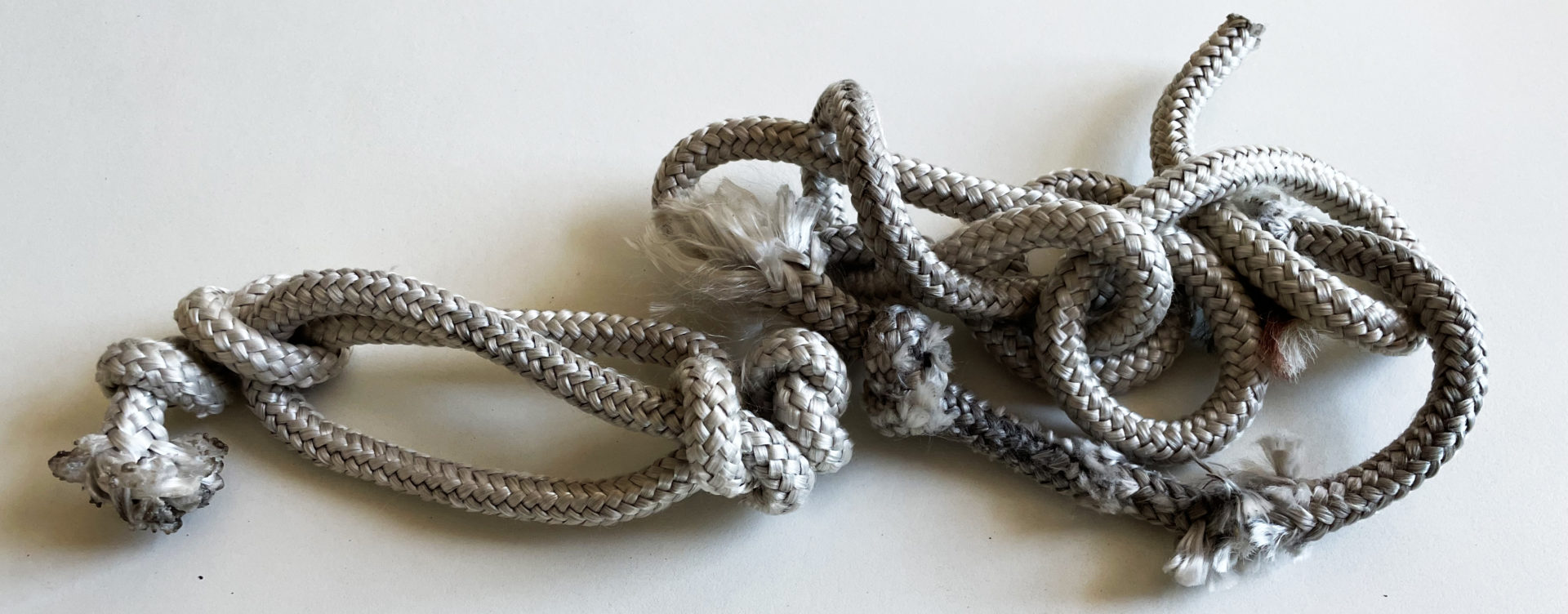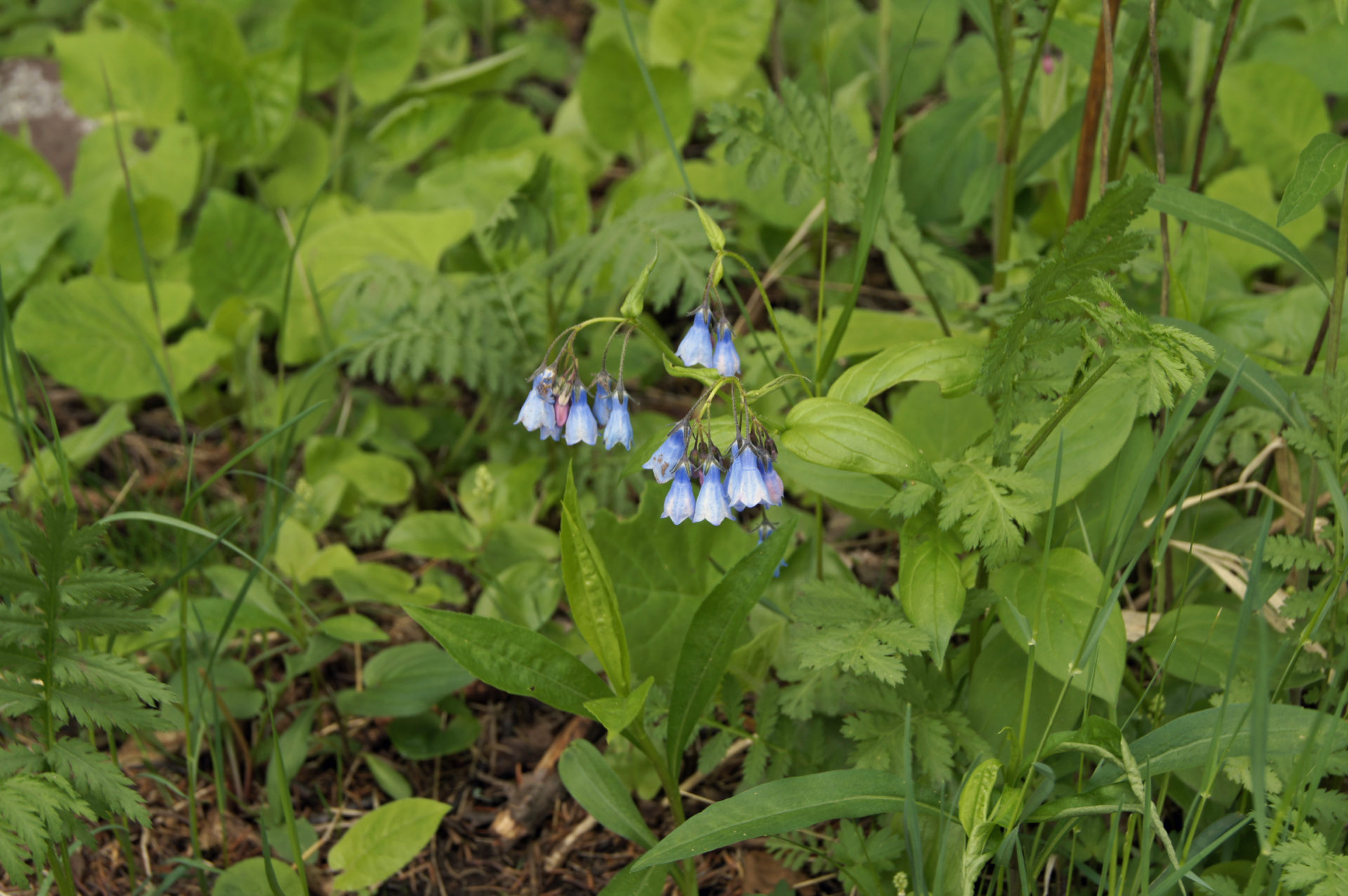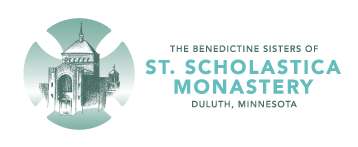This reflection is reprinted from Lent Pathways 2022.
Three years ago, it dawned on me that those shrubs lining our woodland trails that I thought of as ‘Minnesota holly’ were buckthorn. This European native was imported in the 1880s for use as a hedge plant. With its flexible, tightly branching stems it excelled at filling a volume with compact growth.
Unfortunately, the diseases or animals that kept it under control were not imported with it. Because all parts of the plant are bitter and contain a powerful laxative, most mammals leave it alone. Birds, however, are unaffected by the toxin and spread their seeds freely. A mature female tree is soon surrounded by a tangled growth of her progeny that twist their way through the canopy toward sunlight. The shadows underneath become an ecological desert.


A few years ago, Sister Josephine Krulc and I began removing buckthorn and digging out the root masses to prevent resprouting. Slow walks in the woods became search-and-destroy missions. We learned to sense, with a gentle tug a plant’s root system, whether it was new with shallow roots or was attached to a massive crown that would need shovels, a steel lever, and much sweaty exertion to remove.
As I work in the woods, I ponder on the similarities between buckthorn and sin. Buckthorn is ruthless; it chokes out life-giving plants and fills the woods. The same thing happens to our spirits when we let sin grow unchecked. Self-centered greed, arrogant pride, uncontrolled anger – sin takes over and sinks its roots deep into our soul. Gradually it strangles our relationships with others and with God. It crowds out healthy impulses, smothers the protests of the conscience, feeds the ego, and embitters the spirit. We refuse to apologize because we no longer see that our words and actions hurt others, while we ascribe evil intent to others’ innocent words and feel justified in ending friendships. As we isolate ourselves from human connections, we turn for solace to addictions. When problems arise – unemployment, marital stress, illness – we become angry and bitter, saying God has let us down, when it is us who have turned away from God.
Without spiritual depth, we see life through a warped lens, and it looks ugly. The spirit has become a tangle of knots, unable to break free and return to God through its own power. What once gave joy – for all God’s gifts are good in their proper measure – becomes “an ever-increasing craving for an ever-diminishing pleasure,” as C. S. Lewis described it in his Screwtape Letters. We have surrendered our soul to evil and in return find only loneliness and misery – a spiritual death.
It tires me even to write about this. But thank God that sin and death do not have the last word! In contrast to this image of despair is that of Mary, Undoer of Knots. Our Mother knows how to untangle the mess we make and let God’s healing light shine in. The inspiration for this piety may be a homily of St. Irenaeus in the second century, who compared the disobedience of Eve that tied the knot of disgrace with Mary who, by her obedience, untied it. Pope Francis encouraged this piety while he was Bishop in Argentina and continues to support it today.


This Lent, write your problems on a ribbon, tie it in knots, and ask our Blessed Mother to help you untangle the knots that sin has made in your soul. Walk into spring with a lighter spirit, liberated from bondage to sin.
Mary, Untangler of Knots, pray for me.
You see the snarl of knots that exists in
my life. You know my despair, my pain;
how I am bound by these knots. I entrust
into your hands the ribbon of my life.
No one, not even the evil one himself,
can take it away from your precious care.
Take into your hands today this knot and
free me from its influence. .
Amen.
